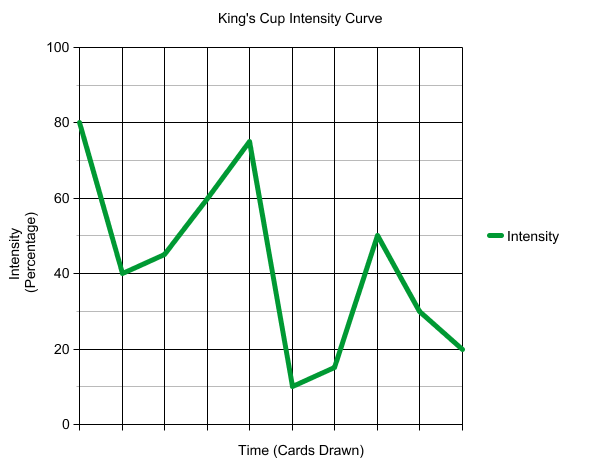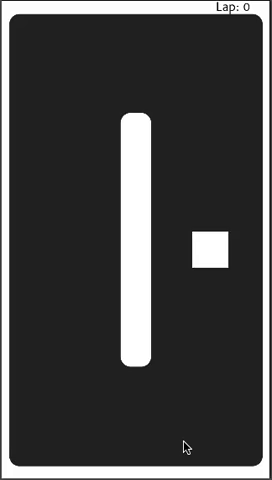Latest news about Bitcoin and all cryptocurrencies. Your daily crypto news habit.
 Photo by Blake Lisk on Unsplash
Photo by Blake Lisk on UnsplashChapter 1: An Unexpected Expert In Drinking Games
Loop Shot: The Drinking Game is sweeping college campuses around the country. It’s new. It’s innovative. It’s not doing the same things other drinking games are doing — and players are taking notice.
Loop Shot is not perfect, but it does bring cutting-edge techniques to the table which I hope inspires other game developers to push higher quality content to the drinking game genre.
God knows the genre could use an upgrade.
 Photo by Drew Farwell on Unsplash
Photo by Drew Farwell on Unsplash
Chapter 2: Designing Better Drinking Games
I hate to admit it but when I first started designing drinking games I succumbed to the classic cliche of thinking I knew everything… when in reality I knew nothing.
I interviewed 200 college students and found that the vast majority played drinking games weekly. However less than 10% played “modern” drinking games commonly found on the app store. I found this baffling.
I then went to the app store and promptly concluded that many of the drinking game apps were too similar, not fun, and not polished enough to be successful.
Then my — blissfully ignorant — self rushed to release my first drinking game app thinking it was going to be a overnight success and that I was going to retire at age 21 as college sophomore and live happily ever after.
It didn’t work out that way. Instead I spent the next 3 years A/B testing a bunch of perfunctory drinking game apps. During that time I discovered 3 drinking game ‘golden rules’ that above all else must be adhered to for a drinking game to be successful.
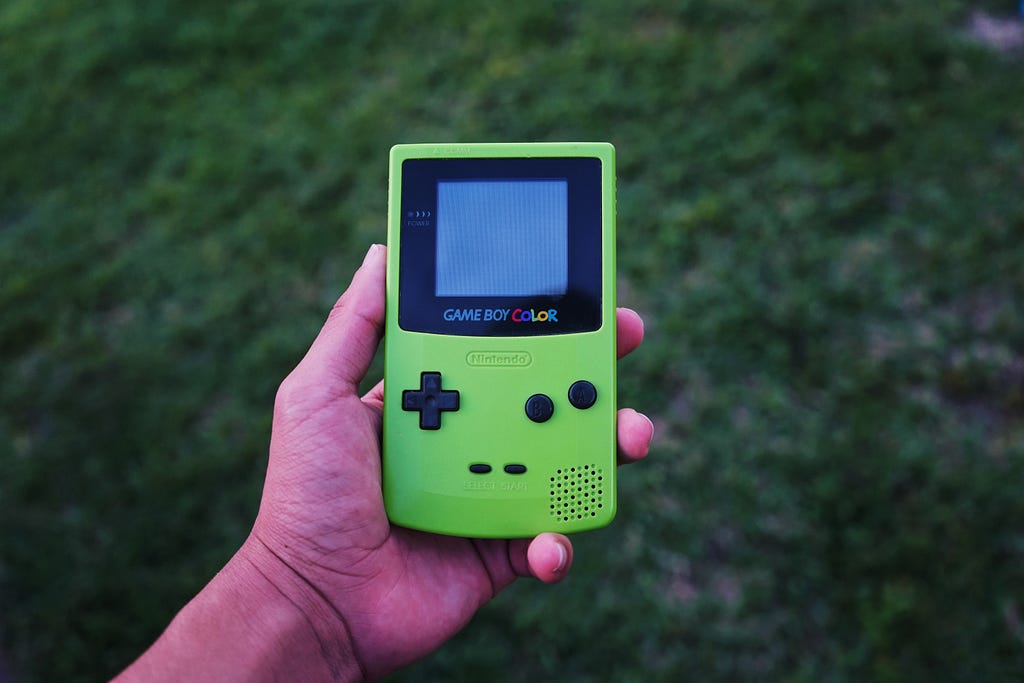 Golden Rule #1: Players Need To Drink On Their Own Terms
Golden Rule #1: Players Need To Drink On Their Own Terms
After interviewing college students I found that the absolute most important quality players look for in drinking games is ‘the ability to drink sufficiently.’
I mean duh, right?
But this is an easy point to overlook. In most games players have one goal: to win the game. In drinking games, players inherently have two goals: win the game, and drink along the way.
One common mistake is believing these goals can somehow be combined. Old drinking games such as Beer Pong, make this mistake:
In Beer Pong players take turns shooting ping pong balls into cups full of beer. If a player hits your cup, then you drink that cup of beer. If you run out of full cups, you lose the game.
The loser always drinks 10 cups of beer, the winner drinks anywhere from 0 to 9 cups of beer.
What if the winning player — who drank possibly 0 cups — is a heavier drinker than the loser — who drank 10 cups? If that’s the case, the winner would be left wanting to drink much more and the losing player wanting to drink much less.
This may seem trivial, but in the drinking game genre, this is catastrophic.
For this reason, most beer pong players do not play by these rules. The most common variant of beer pong now calls for players to fill the cups full of water and simply sip on their own can of beer at their own pace. Therefore having a greater influence over their alcohol intake.
The obvious downside here is that this variant of beer pong is no longer a “drinking game” because the drinking is done independently from the game.
My recommended solution: implement an “assign drinks” game mechanic.
The best drinking games shouldn’t take responsibility for who drinks, and how much is being drank. If given the opportunity, the players will self-referee the heavier drinkers into drinking more and the lighter drinkers into drinking less.
There are other ways of accomplishing this goal, but the easiest way is to reward players the ability of assigning sips of drinks to other players. It’s best to award multiple players multiple sips so they can control quantity as well as the target.
An example of a game that handles this mechanic very well is Ride The Bus.
 Photo by Adrien Olichon on UnsplashGolden Rule #2: Intensity Curve Woes
Photo by Adrien Olichon on UnsplashGolden Rule #2: Intensity Curve Woes
After “drinking agency” the second most important factor potential players look for in a drinking game is the intensity curve.
More crudely my interviewees often referred to this as “a great ending.” In game design terminology this is sometimes referred to as a “fiero” or climax. It’s the rush of a triumphant moment because the game is over and you know you’ve Done. Something. Awesome.
 Photo by NICO BHLR on Unsplash
Photo by NICO BHLR on Unsplash
Modern drinking games don’t tackle endings very well.
The vast majority of modern drinking games resemble what’s called a “Kings Cup” template. Here’s the basic structure: shuffle a deck of cards, then take turns drawing from that deck, then every card has a different call to action.
Most of the cards in the deck are mind numbingly simple: for instance if you draw a ‘3’ those that self-identify as a boy, drink. This is what’s known as a low-intensity card. There’s no excitement here.
However, drawing an ‘ace’ results in chugging your drink until the player to your left chooses to stop chugging their drink. There’s a lot of excitement here. I would argue irresponsible excitement but I will reserve judgement for the sake brevity.
So in the end, you have many low-intensity cards with a few high-intensity cards sprinkled in the mix that players are drawing randomly. This creates an intensity curve that looks like this:
The peaks and valleys don’t have any rhyme or reason. The players want a great ending but it’s very unlikely they will end on a high note with this randomized intensity curve.
Often in these styles of games, there is some gimmicky ending meant to simulate a climax. However, these games tend to fizzle out before that ending is ever reached.
On the iOS store, the top 10 drinking games all use the Kings Cup template and suffer from it. If I had to simplify a complex problem into one sentence it would be this:
Modern drinking games have failed to seriously take off because they have failed to produce a decent climax.
Want an example of an old drinking game that has a great climax? Yup, it’s beer pong.
In fact, beer pong has one of the best climaxes of any game ever invented:
As cups keep getting hit and taken off the table, the game gets harder and harder. When you’re finally on your last cup, there’s so much at stake — especially if you’re at a social gathering with plenty of people watching your every move. Because your opponent has to hit more cups than you, they’re probably still making progress which gives the illusion that they’re catching up to you and that you’re running out of time. Then when you finally hit the last cup you feel like you’ve done the impossible.
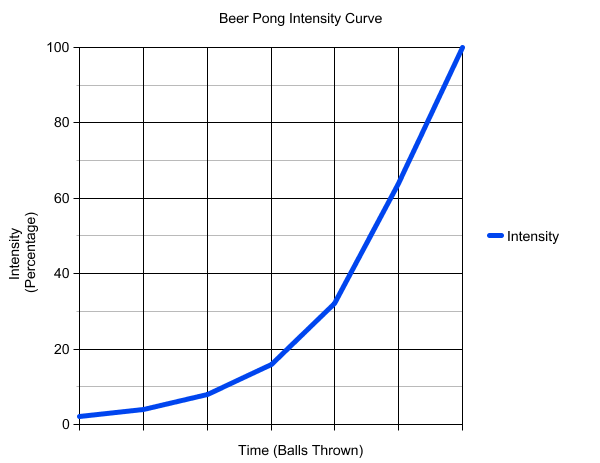 The Gold Standard of Intensity Curves. Every Game Should Model This In Some Fashion.
The Gold Standard of Intensity Curves. Every Game Should Model This In Some Fashion.
My recommended solution: drinking games involve the player in more ways than games in other genres
Because drinking games are inherently social, you can use the pressure of the other players to increase steaks beyond what other games can do. Additionally, because players are drinking alcohol, controlling when the players drink can seriously increase the intensity level of your game at a crucial time.
For these reasons, drinking games possess the potential to have the best climaxes of any game genre.
 Photo by Adam Jaime on UnsplashGolden Rule #3: Extensibility In Drinking Games
Photo by Adam Jaime on UnsplashGolden Rule #3: Extensibility In Drinking Games
After alcohol agency and intensity curve the next set of qualities potential players look for in drinking games include competition, games that includes sex, and the materials required to play.
None of those qualities are important to making a great drinking game.
What is important is creating a game that is understandable by a bunch of kindergarteners — and not smart kindergarteners, either.
 Photo by Justin Aikin on Unsplash
Photo by Justin Aikin on Unsplash
Drunk people don’t want to think, drunk people don’t want to learn, drunk people don’t want to read anything.
The most common feedback I receive from A/B testing drinking game apps is “make the text bigger,” “make the text shorter,” and “I got too bored reading/listening to the instructions to play.”
If you can’t describe the rules of your drinking game in a tweet, it’s too long.
Looking at the rules of all the most successful modern and old drinking games you’ll notice a common theme:
Beer Pong: “Throw this ping pong ball into the cup”
Flip Cup: “Flip this cup upside-down”
Hockey: “Bounce this quarter into this cup”
Picolo (#1 on app store): “Tap the phone and just do what’s on the screen”
Drinking With Friends (#2): “Tap the phone and just do what’s on the screen”
King’s Cup (#3): “Tap the phone and just do what’s on the screen”
Ride the Bus: “There are no choices to be made. I’ll just tell you what’s happening as it’s happening”
Most of these games you can describe in one or two sentences to a new player.
My recommended solution: show don’t tell
Although in past sections I ratted on modern drinking games for not being fun, I will give them this: they’re easy to pick up.
Many of these games require almost no instruction to play initially. Instead, new players can learn the rules as they go.
The best games — of any genre — allow users to jump right in and play without ever reading instructions. It’s imperative that you implement this in some degree because the audience of the drinking game genre is impatient.
Limit the text and rules in your game to the absolute simplest they can be.
In summary, drinking games require a lot of extra design principles that many other genres do not need to consider.
Drinking games contain two goals (winning and drinking) that often contrast with each other if the designers are not careful.
Additionally — because of audience impatience — drinking games have to be much less complex in rules and strategy.
Due to this complexity roadblock, modern drinking games lack great endings or climaxes which are essential for player enjoyment.
Chapter 3: My Final Product
After learning all of this I set off to create Loop Shot.
You play as a race car that can only turn left. Drive around the race track without hitting a wall. If you crash, pass the phone to the next player. For every “lap” you complete, assign that many sips to other players.
As you can see, these rules are simple enough for a drunk player to understand. “Tap to turn left” is a comparable mantra to “shoot a ping pong ball into this cup.”
Furthermore, you’ll notice this promotes alcohol agency. Because the players are assigning sips of drinks to other players, they will naturally assign more sips to the heavier drinkers throughout the game.
Lastly, let’s talk about the climax of Loop Shot.
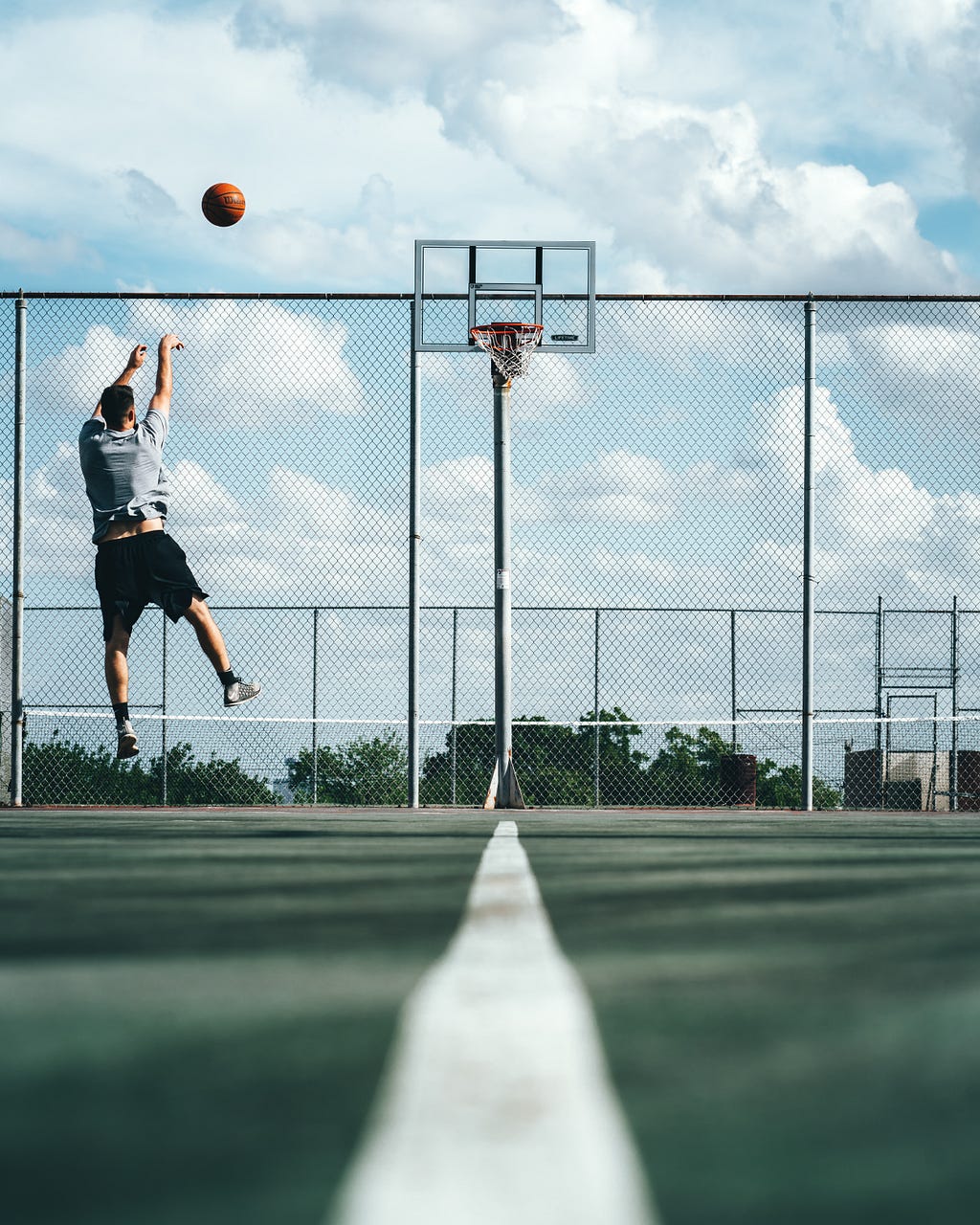 Photo by Matthew LeJune on Unsplash
Photo by Matthew LeJune on Unsplash
You win Loop Shot if you’re able to complete 10 laps. However, each lap gets faster and faster, and is thus progressively more difficult. The last two laps are notoriously troublesome.
With the entire party watching your every move, the closer you get to 10 laps, the higher the stakes, the more you start thinking, “If I don’t win the game now, will I get the chance again? Someone else may be able to do it before I get another turn.”
Winning feels great. It feels significant because it’s rare. Even highly skilled players are only able to accomplish 10 laps about 35% of the time. Why did I aim for this number? It’s roughly the same percentage that a highly-skilled player can hit the last cup in beer pong.
I’m not saying Loop Shot is a perfect game — far from it. I do think it could be too difficult for beginners to pick up. In the past, I wrote an article on why Fortnite’s success is thanks to its friendliness for beginners. So that’s a major problem that could be addressed.
However, I do believe Loop Shot is principally the most advanced drinking game ever designed. It’s clean, it lets players drink how they want, and it has a great ending.
Games like Loop Shot are going to set a new bar for modern drinking games.
The 3 Golden Rules Of Designing Drinking Games was originally published in Hacker Noon on Medium, where people are continuing the conversation by highlighting and responding to this story.
Disclaimer
The views and opinions expressed in this article are solely those of the authors and do not reflect the views of Bitcoin Insider. Every investment and trading move involves risk - this is especially true for cryptocurrencies given their volatility. We strongly advise our readers to conduct their own research when making a decision.

